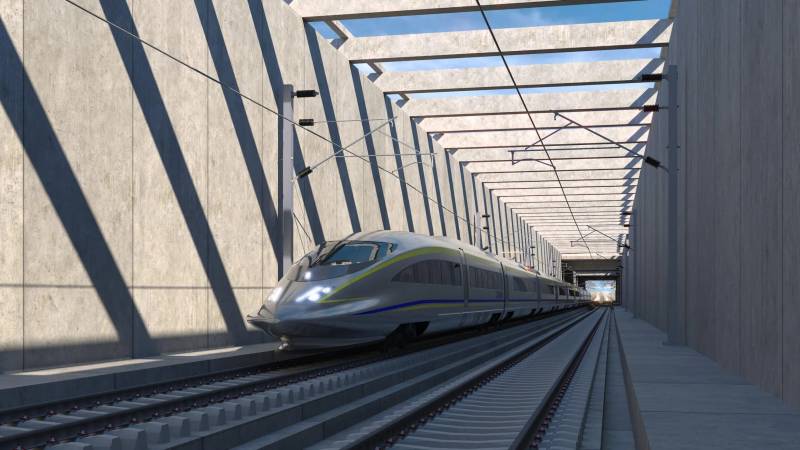Here are the morning’s top stories on Friday, February 21, 2025…
- California’s long-delayed and over budget high-speed rail project is under threat again by the Trump administration. During his first term in office, Trump tried, without success, to claw back nearly a billion dollars in federal aid for the project, which one day is supposed to connect Los Angeles and San Francisco. Now this second Trump Administration is launching an investigation into high speed rail. That could jeopardize $4 billion in funds that the feds have committed for constructing the project’s first segment in the Central Valley.
- Lawmakers at the state capitol are rolling out proposals to lower Californians’ electricity bills, including by taking aim at the rate-increases from investor owned utilities like PG&E and Southern California Edison. But saving money for some ratepayers may come at the expense of other Californians.
- The Los Angeles fires have renewed concerns about how well prepared California is to support older people and people who have disabilities during natural disasters.
Trump Administration To Review California High-Speed Rail Project
The Trump administration announced Thursday that it will launch a review of the multi-billion-dollar California high speed rail project, which federal authorities have said is over budget and has been mismanaged.
So far, more than $13 billion in state and federal funding has been spent on the planned railway. The review would focus on $4 billion in unspent federal funds, much of which was granted for the project during the last presidential administration.
U.S. Transportation Secretary Sean Duffy said at a news conference in Los Angeles that the federal government wants to assess whether the project is worthy of the investment. “We can’t just say we’re going to give money and not hold states accountable to how they spend that money,” Duffy said.
State authorities defended the project, saying every dollar spent on the project is accounted for. “We stand by the progress and impact of this project,” said Ian Choudri, chief executive of the California High-Speed Rail Authority, in a statement.
California Lawmakers Aim To Lower Electricity Bills, But They’ll Face Tough Choices
State lawmakers are rolling out legislation to curb energy prices in California, hoping to ease the pain of residents who are paying the second-highest electricity rates in the nation.
